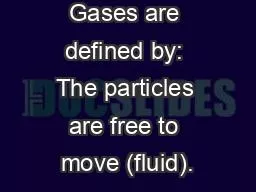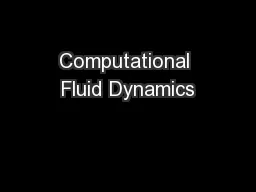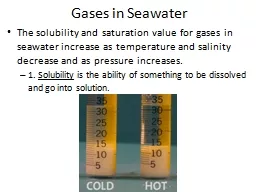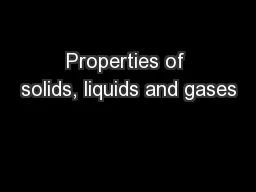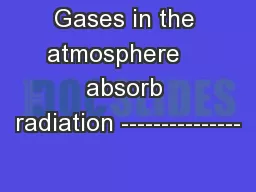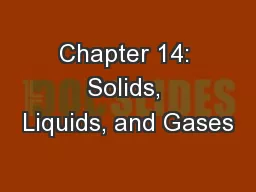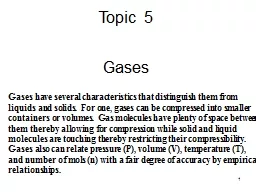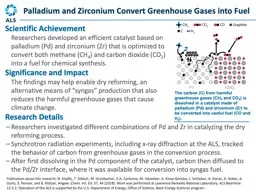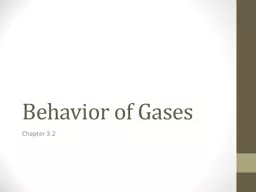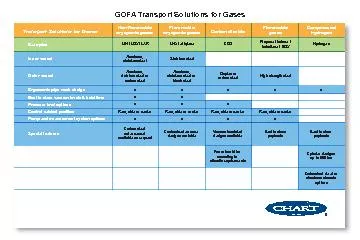PPT-Gases are defined by: The particles are free to move (fluid).
Author : desiron | Published Date : 2020-08-26
The particles are far apart The particles move very fast The particles have no attraction nor repulsion for each other The fact that they have no definite shape
Presentation Embed Code
Download Presentation
Download Presentation The PPT/PDF document "Gases are defined by: The particles are ..." is the property of its rightful owner. Permission is granted to download and print the materials on this website for personal, non-commercial use only, and to display it on your personal computer provided you do not modify the materials and that you retain all copyright notices contained in the materials. By downloading content from our website, you accept the terms of this agreement.
Gases are defined by: The particles are free to move (fluid).: Transcript
Download Rules Of Document
"Gases are defined by: The particles are free to move (fluid)."The content belongs to its owner. You may download and print it for personal use, without modification, and keep all copyright notices. By downloading, you agree to these terms.
Related Documents

